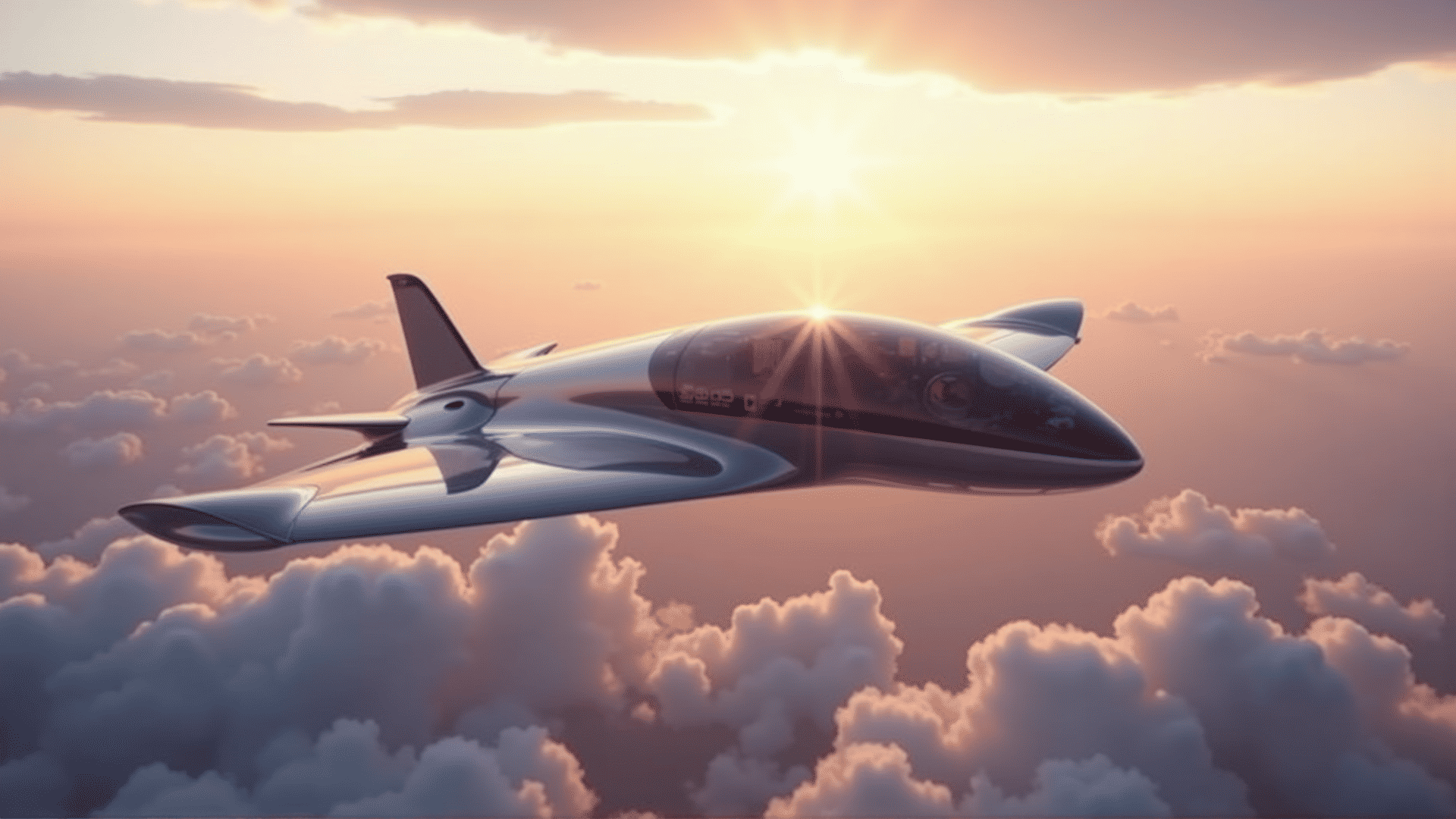In the ever-evolving landscape of aviation, the need for innovative aircraft designs that prioritize both efficiency and sustainability has never been more crucial. As environmental concerns continue to rise and fuel costs soar, the aviation industry is tasked with finding solutions that not only meet regulatory standards but also contribute to the global effort in reducing carbon footprints.
One of the major approaches in next-gen aircraft design is the development of lightweight materials. Aircraft manufacturers are increasingly turning to advanced composites and alloys, such as carbon fiber and titanium, which offer the strength and durability of traditional materials like aluminum but with significantly reduced weight. This decrease in weight directly translates to lower fuel consumption and, consequently, fewer emissions.
Aerodynamics plays a pivotal role in designing the aircraft of the future. Engineers are experimenting with novel wing designs, like the blended wing body, which integrates the wings with the main fuselage. This design minimizes drag and improves fuel efficiency, while also providing increased passenger capacity. Additionally, winglets - vertical extensions at the ends of wings - are being optimized to reduce vortex drag, further conserving fuel.
Another promising avenue is the advancement of propulsion systems. Electric and hybrid-electric propulsion systems are gaining traction as viable alternatives to conventional jet engines. These systems promise to reduce reliance on fossil fuels and cut carbon emissions significantly. The development of hydrogen-powered engines is also on the horizon, offering a zero-emission solution for powering aircraft.
Moreover, the integration of state-of-the-art avionics and digital technologies in aircraft design can enhance flight efficiency. Advanced navigation systems, real-time data analytics, and artificial intelligence can optimize flight paths to reduce travel time and fuel consumption. These technologies can also facilitate better predictive maintenance, leading to fewer delays and increased operational efficiency.
Sustainability extends beyond the aircraft itself to the infrastructure that supports aviation. Airports are evolving into eco-friendly hubs, equipped with solar panels and wind turbines to generate green energy. Electrification of ground support vehicles further underscores the industry's commitment to sustainability.
Finally, the adoption of sustainable aviation fuels (SAFs) marks a significant stride towards a greener future. Produced from renewable sources, these fuels are designed to be compatible with existing aircraft engines, offering a seamless transition in efforts to reduce carbon footprints. Airlines are increasingly investing in and committing to the use of SAFs, which could cut aviation emissions by up to 80%.
In conclusion, next-gen aircraft design is paving the way for a new era of aviation that harmonizes with the planet's ecological needs. By embracing cutting-edge materials, aerodynamic innovations, cleaner propulsion methods, and digital technologies, the aviation industry is set to revolutionize the skies in a sustainable, efficient, and forward-thinking manner. As these elements converge, the future of flight increasingly promises to be one that aligns with the global imperative for environmental stewardship and energy efficiency.
